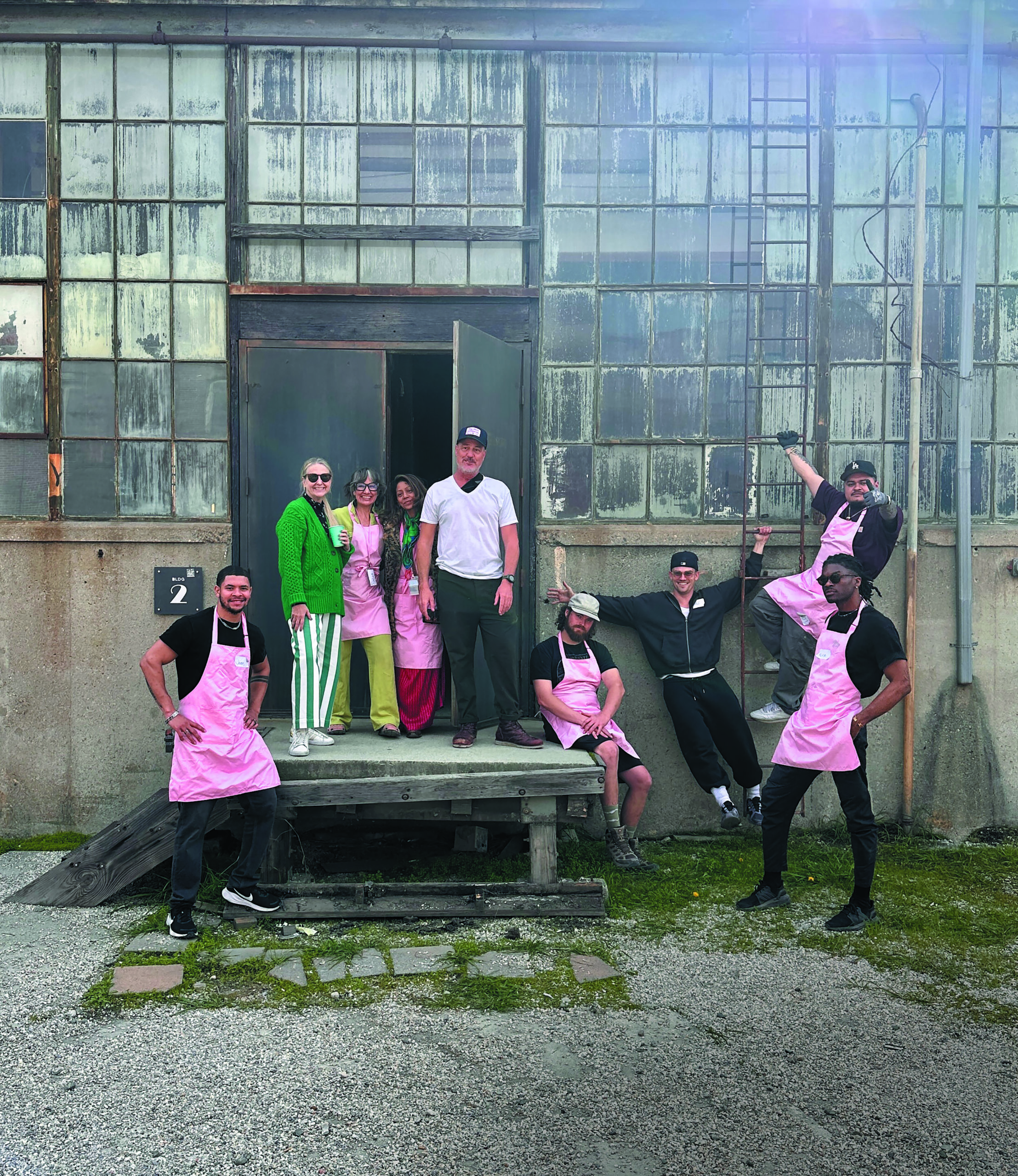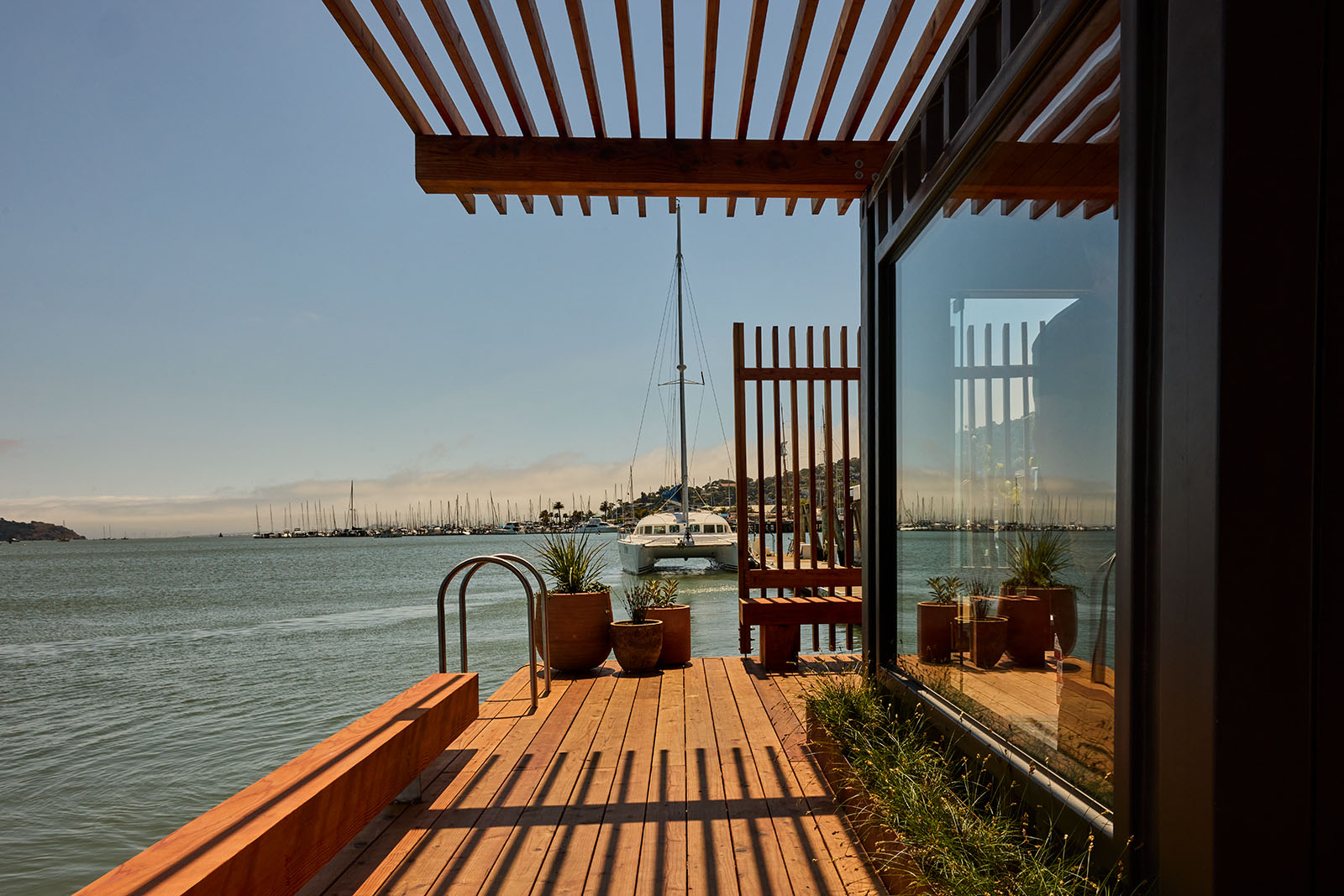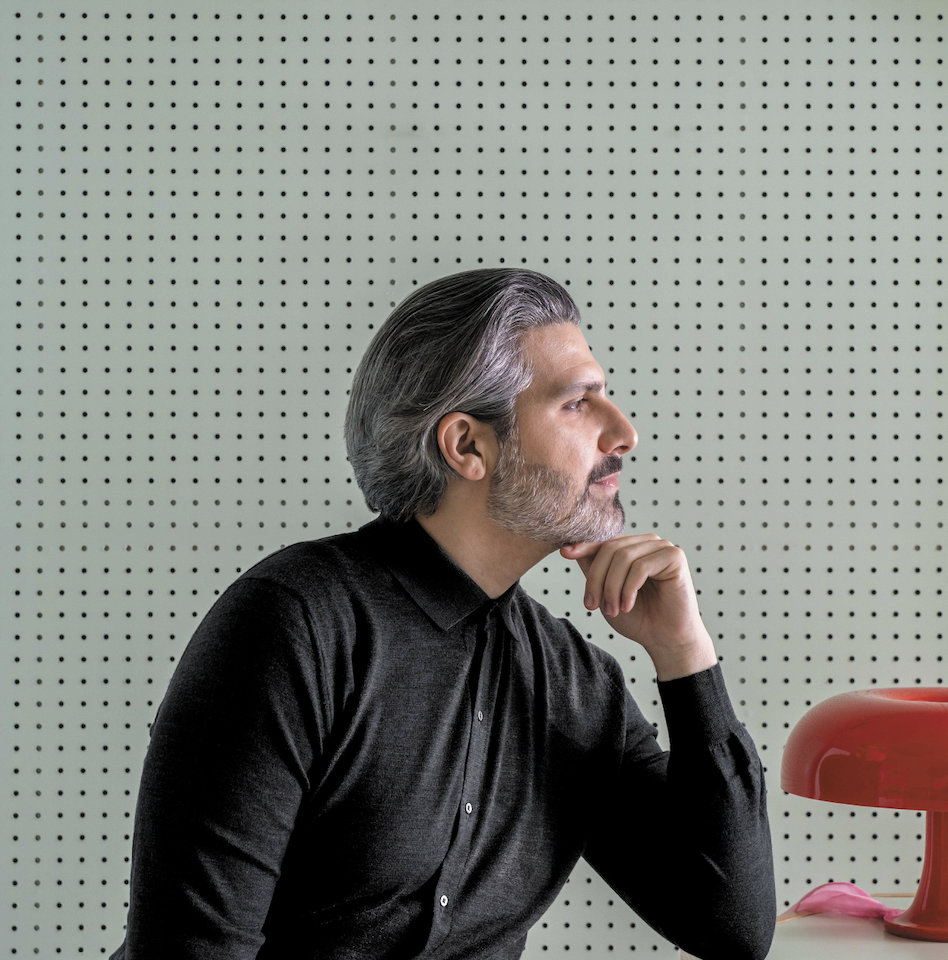Industry Insider: A Perspective from an African-American Interior Designer
Author:Lindsey ShookSan Carlos born Interior Designer Jaimie Belew, of Jaimie Belew Interior Design, was born to an African American mother and white father, and has always been in a constant state of crossing the racial divide. While she used to steer away from talking about racial disparity, today she is comfortable in her skin and celebrates her differences. Knowing that having open discussions is more important now than ever, here she shares more about what led her to become a designer and thoughts on how the design industry can work harder to empower people of color.
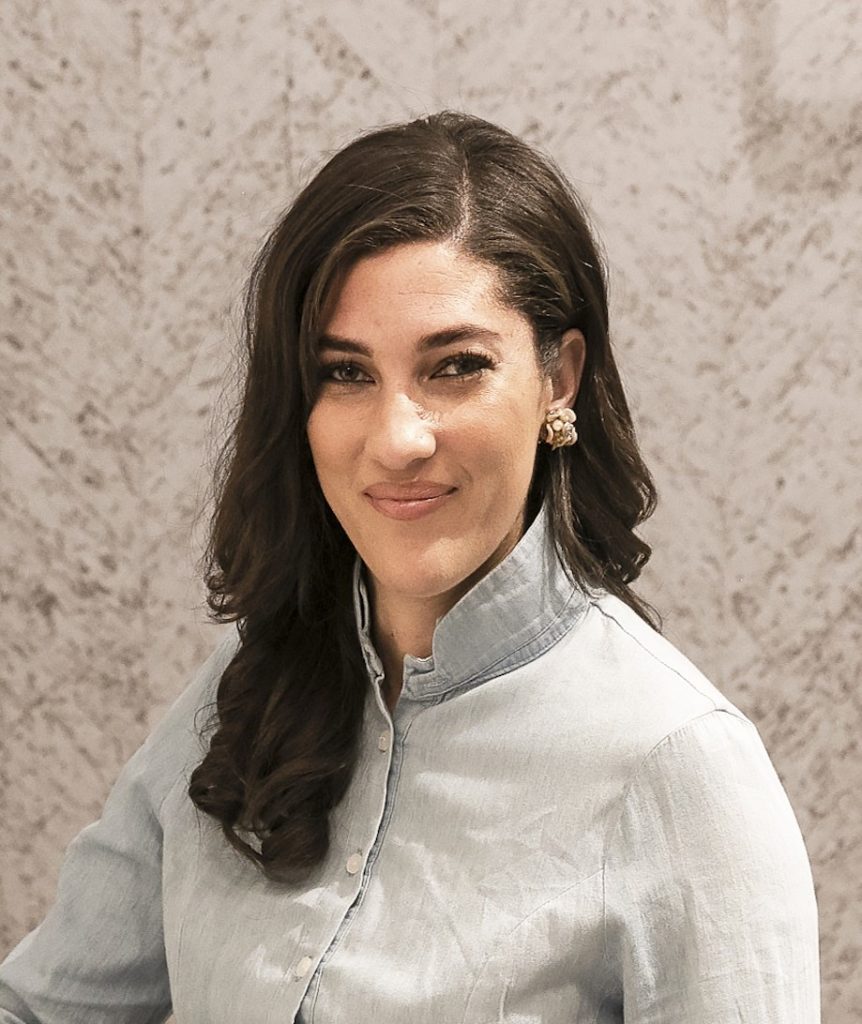
“Born in the early 80s, when it was still taboo in some circles for African-Americans and whites to mix, my grandmother (father’s mom) was initially opposed to her son being with my mom (a black woman). But the minute she laid eyes on me she says, that all changed. We were very close until she passed away.

I was raised by my father and from an early age I was aware that things were different about me, but I never talked openly about it. My hair and skin was not like the others, but I didn’t really know what that all meant. I often passed for white at school but the other kids knew I was different and it was pointed out.
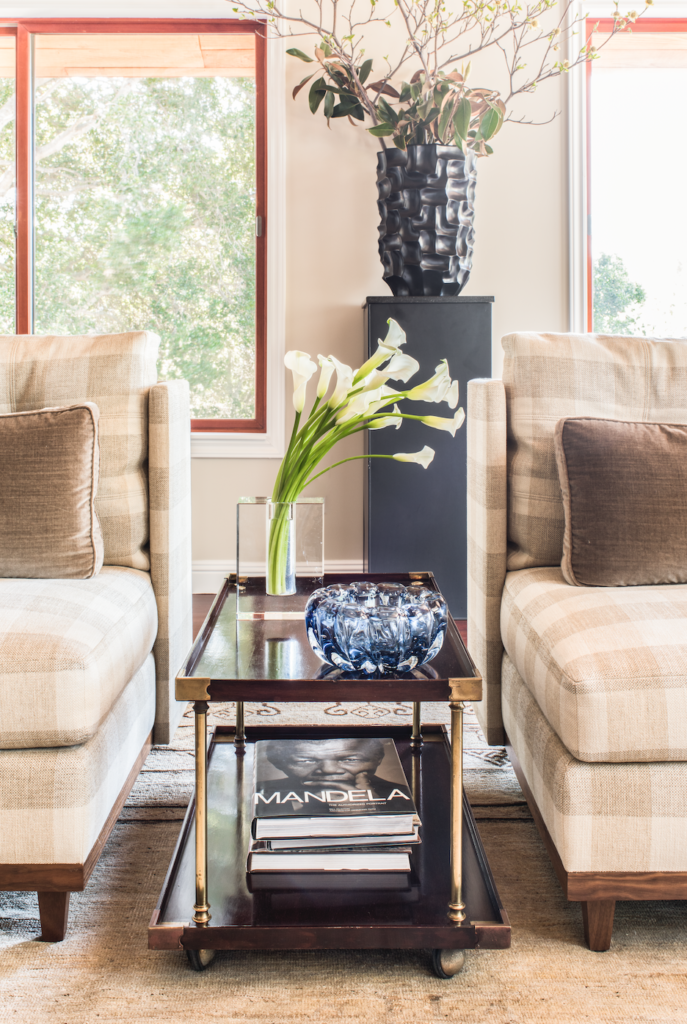
One thing for sure, I fell in love with design from an early age. The Lifestyles of the Rich and Famous with Robin Leach was my favorite show as a young child. I was absolutely transfixed by the show and the spectacle of the homes and people who lived in them. I told my father then, that I wanted to be an interior designer. Thankfully, he always encouraged me to pursue my dreams. I remember in the fourth grade, we had to build a model of a California Landmark. My father had some architectural schooling and together we built a model of San Francisco’s iconic Coit Tower out of a paper towel roll and corrugated cardboard. We even went out to find sand to represent the hillside and went to the hobby shop to get toy cars for the parking lot.
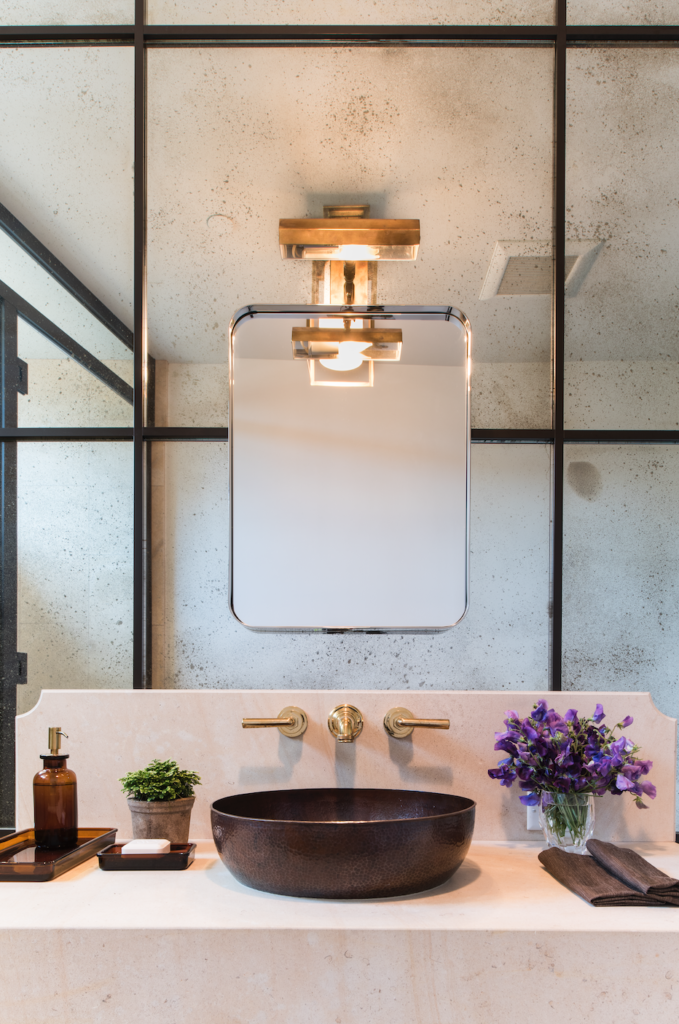
Since starting my own design firm in 2011, I have had my share of uncomfortable situations, as the recipient of some well-meaning, but uncomfortable, comments like, “you don’t look black” and/or when I have been asked to educate my white colleagues on the national discourse on race, like the proper wording—African American versus Black. I don’t speak for all Black people, so I’m not entirely comfortable with questions like that.

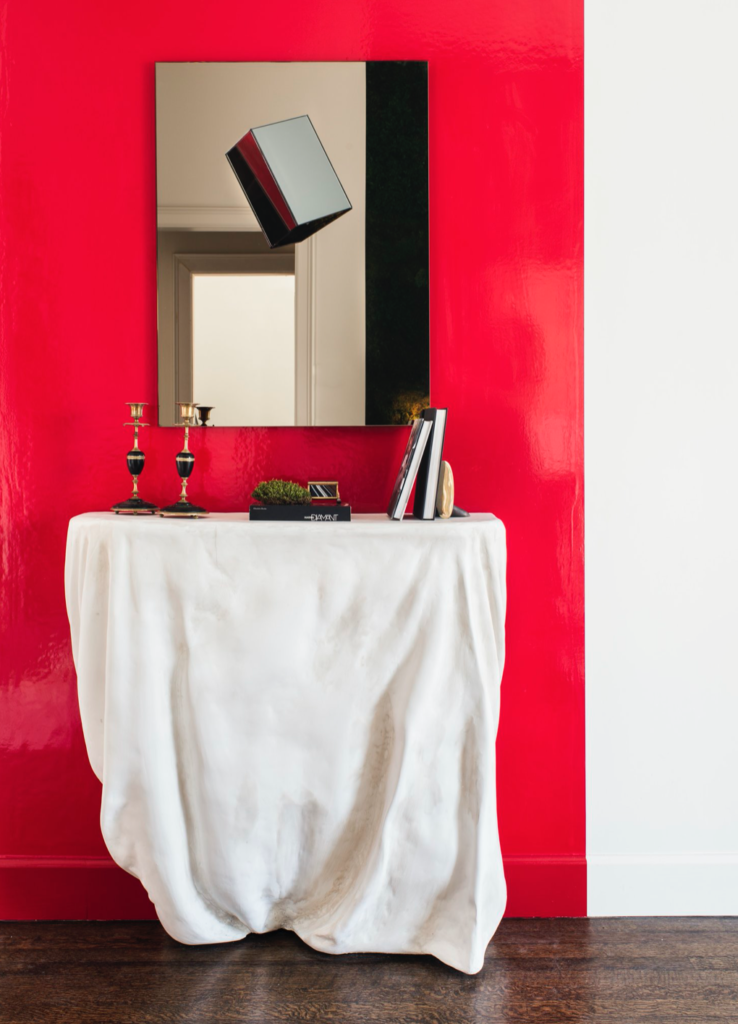
The design industry is very white, but I am hopeful it will change. What I hope my white counterparts will do is educate themselves, travel and explore other cultures and have an understanding of people who are not like you. I think encouraging the arts for people of color in school is also something that will help. There’s no better time than now, and it’s up to all of us to change.” – Jaimie Belew
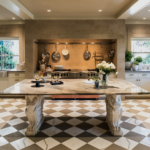


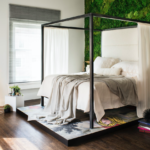
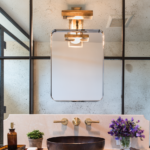
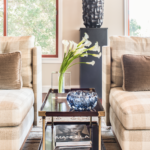
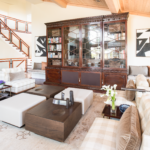

 Belew’s work in the kitchen at the 2019 SF Decorator Showcase. Photo by Drew Kelly.
Belew’s work in the kitchen at the 2019 SF Decorator Showcase. Photo by Drew Kelly.